Sustainable Procurement – Easier Said than Done?
Sustainable procurement is an integral part of delivering sustainable business practices within projects and organisations. Integrating a sustainable procurement approach into your project or organisation presents an opportunity to provide better outcomes through reducing risk, adding value and encouraging innovation. Done well, sustainable procurement adds positive environmental, social and economic impacts throughout the whole lifecycle of an asset, goods and services. At a practical level it also encourages cooperation, buy-in and better communication between purchasers, suppliers and stakeholders.
The steps to achieving sustainable procurement require an understanding that sustainability needs to be integrated as a holistic concept across a project or organisation, not as an add-on or afterthought to tradition business as usual practices. Over the past three decades, many iconic companies that have publicly professed to be leading practitioners of sustainable behaviour have then been nailed to the wall over their ignorance, complacency or naiveté around what is happening in their supply chains. Some of the underlying causes of this include:
- A narrow interpretation of the boundaries around sustainability, accountability and organisational risk;
- A limited awareness of which suppliers represent the highest risks in terms of sector, location and product/service;
- Risk management systems that struggle to acknowledge or deal with sustainability-related risk in supply chains; and
- Sustainability managers/departments that sit in isolation to other managers and departments within the very same project or organisation that are dealing with risk and procurement.
There are some fundamental questions that projects and organisations need to be asking of themselves so the efforts they make to address risk and encourage sustainable practices within their supply chain are well focused and meaningful, rather than futile and wasteful “window dressing”. These questions include:
- What are we really asking of our suppliers?
- Where do we begin?
- How should we design and then test our approach?
While there are no generic answers to these, I can offer some thinking to help contextualise such questions so that you can start considering the best way forward. My involvement has been primarily to help organisations and projects develop and implement policies to encourage sustainable supplier practices, writing supplier codes of conduct, and designing and delivering supplier audit programs. My comments below are based on what those experiences have revealed.
What are we really asking of our suppliers?
What are we trying to do and why?
Many supplier programs are vague about their intended goals for the project and desired outcomes for the suppliers; ending up unfocussed, expensive and lacking performance measures. Are you trying to manage real risk in your supply chain or sending a message to the market about your commitment to responsible business behaviour?
Being clear on this helps you to decide whether you should be going down a ‘compliance’ style approach setting minimum acceptable standards of supplier performance, or an ‘encouragement’ based approach supporting suppliers to progressively change their behaviour, and go beyond compliance. If it is be more compliance focused, will your approach be punitive (comply or else) or more one of ‘gently’ raising the bar over time (recognising your likely limited resources and that of your suppliers)? If you’re looking to be ‘supportive’, what are you prepared (and resourced) to do for suppliers by way of helping them?
Do as we say, or do as we do?
If you are going down the ‘compliance’ route, you may be putting your credibility on the line. “Do as we do”, rather than “do as we say” should always underpin such an approach – firstly by checking and demonstrating that your own house is in order on the social, environmental and governance performance areas that you’re expecting suppliers to meet in order to avoid a classic and often highly visible double standard. If there are significant shortcomings in your own sustainability performance, you have two choices: wait until your own act is together before demanding compliance from your suppliers, or transparently acknowledge to your suppliers that your business still has work to do to lift its sustainability game, and encourage them to work with you to improve outcomes.
Where do we begin?
Identify the breadth or focus of your approach;
A successful approach is predicated on tying together program intent, available resources and risk evaluation. Are you intending to engage your whole supply chain? Should your focus be primarily on your high spend, first tier suppliers, or on suppliers operating in particularly high risk sectors (e.g. PPE gear, labour contracting, etc.) or in geographical regions known for poor labour, governance, safety or environmental standards? It is worth identifying what information currently resides in your procurement department about supplier performance that can help identify higher risk or habitually poorly performing suppliers. If supplier risk information is lacking, then your top 10 or 20 suppliers by spend may be a useful starting point.
Supplier sustainability schemes can be overly ambitious in what they are trying to achieve. Several years back I read with interest a major bank’s elaborate plans to launch a sustainable supply chain program involving multiple supplier audits in the first year. By the end of year one, they announced a grand total of one supplier had been audited (from the tone of their report I don’t think they quite understood the actual message that outcome sent to the market). Most, if not all, organisations have to rationalise their program scope and intent with their available resources, so don’t try to do it all at once.
Align and marshal your forces
Many projects and organisations make the mistake of running supplier sustainability programs as a solo exercise out of their sustainability departments. To get the best possible outcomes you need to engage both your risk function and your procurement team in the development of the approach, including where to target the program and how it will be delivered. You will also likely benefit from the public endorsement of your Board or senior executive to give it the legitimacy it needs to be taken seriously both internally and externally.
Get your corporate communications team on board to align and promote the program with other corporate initiatives and help you craft a clear and unambiguous message to suppliers about what you are planning to do, when and why. Suppliers will no doubt have questions about this, so be prepared to respond to them in a coordinated, consistent manner across the business.
How should we design and then test our approach?
Engage your internal and external stakeholders in designing the approach
Trying to design a supplier program in isolation from those who will use it (internal stakeholders) and those who will be subject to it (suppliers) is not particularly smart. Sustainable supplier policies, supplier codes of conduct, supplier questionnaires, and supplier audit models all need to be considered from both the user and the recipient point of view. Getting them engaged not only provides invaluable feedback on aspects such as relevancy of criteria, affordability, practicality and integration but also creates buy-in to the process on both sides. Suppliers should have a say in what you are asking of them. There is, for many suppliers, a high degree of discomfort with what can be perceived as a client essentially imposing their values and principles on them. To then be held to account for something they had little or no say in developing can be particularly challenging for them.
Run a pilot and assess the results
To be successful, all the elements of your supply chain sustainability program need to integrate seamlessly. For example; your policy, code of conduct, audit tools and audit approach all need to be consistent and complete before you can confidently roll out the program across your chosen suppliers. The only way to gain this confidence is to test them in a controlled, contained and ‘safe’ manner. Running a pilot amongst a select group of suppliers or within one particular procurement area provides such an opportunity to demonstrate what works and what doesn’t.
I would also urge you to consider piloting a range of different models of auditing if you are heading down the supplier performance verification route. Supplier audit programs are a trade-off between adequate coverage of your supplier base versus sufficient evidence-gathering so as to minimise risk. “Light touch” audit approaches (usually largely desktop review-based) are relatively cheap and cheerful but are barely worth the money they cost. In many cases they are worse than no audit at all as they run a significant risk of creating a false sense of security and comfort for you about your suppliers. Some sort of onsite verification is usually essential, given our experience that suppliers are highly variable in relation to the “accuracy” of their responses to questionnaires.
But ‘onsite’ doesn’t necessarily mean expensive. You may want to have a ‘lighter’ touch model for your low risk or low spend suppliers, but at the same time retain something significantly more intensive (and therefore more cost and time demanding) for high risk, high spend, major suppliers.
…….and stick with it
Be prepared to change your approach if it isn’t delivering the outcomes and confidence you need. There is little doubt that your process will (and needs to) evolve over time as you gain more experience, or take it offshore, or commence second round audits of suppliers. And do continue to seek input from your suppliers, both during and well beyond the pilot phase, to determine whether they are truly gaining some benefits too. Bringing suppliers together to compare experiences with your approach can be a useful exercise, but be prepared for a range of views and be willing to respond to that feedback.
You are not likely to see substantive change overnight in terms of sustainable supplier behaviour. Many of your suppliers, even some of the smaller ones, are probably doing okay from a sustainability perspective already, and may even be doing better than your own organsiation. It’s the laggards that you’re most trying to reach, assess, influence or remove.
Be smart about not painting all suppliers with the one brush. Acknowledge and reward good supplier performance more often than berating those who fall short. Celebrate and promote their achievements to their peers in your supply chain – a particularly effective means to stimulate a response. A PwC survey some years back revealed that 81 per cent of businesses who rate sustainability as important favour collaborating with their suppliers to create a responsible supply chain footprint and procurement framework.
The skeleton doesn’t have to stay in the closet. Or at least check that both the skeleton and the closet were made sustainably.
Where can we get help?
ISCA has developed a virtual training course that enables participants to understand how they can implement a more sustainable approach to procurement aligned to the IS Rating criteria, with the aim of creating procurement outcomes that reduce negative externalities while supporting contractual requirements, financial targets and risk management.
This course aims to equip participants with the tools and skills to enable sustainable procurement in their workplace, with a focus on implementing the procurement criteria embraced within the IS Rating tool. This is not just in relation to IS ratings but also in relation to general procurement practices within organisations to enhance social and environmental impacts and drive better economic outcomes. This virtual training is targeted at Sustainability Managers, Project Managers, Procurement Managers, and Sustainability Consultant.
A mixture of instructional presentations and practical exercises will help participants to:
- Identify and implement sustainable procurement in your business or project
- Develop a tailored procurement strategy
- Assess and select sustainable suppliers, goods and services
- Manage suppliers to ensure compliance with sustainability requirements
If you would like to better develop your skills in sustainable procurement, register here.

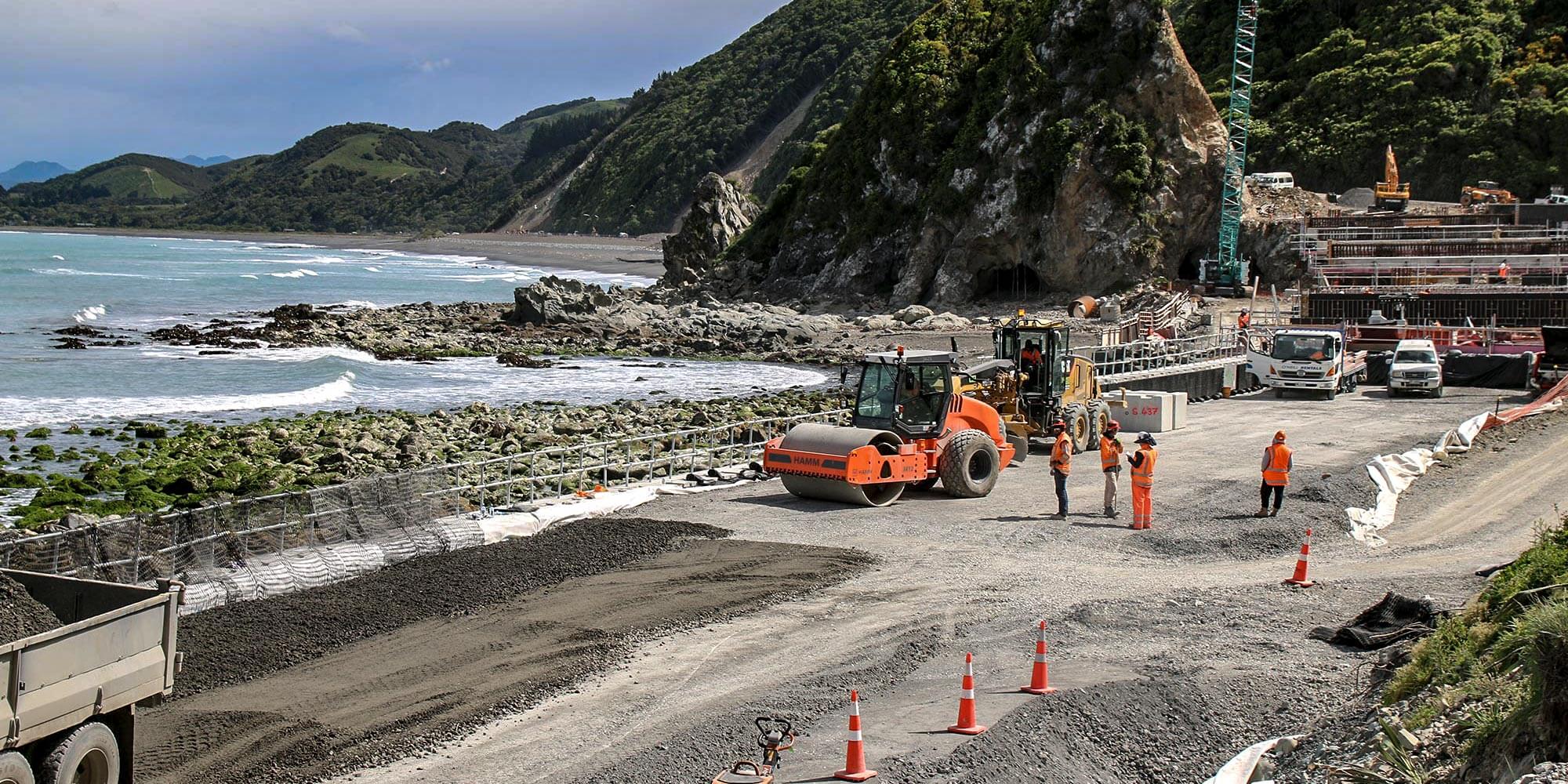
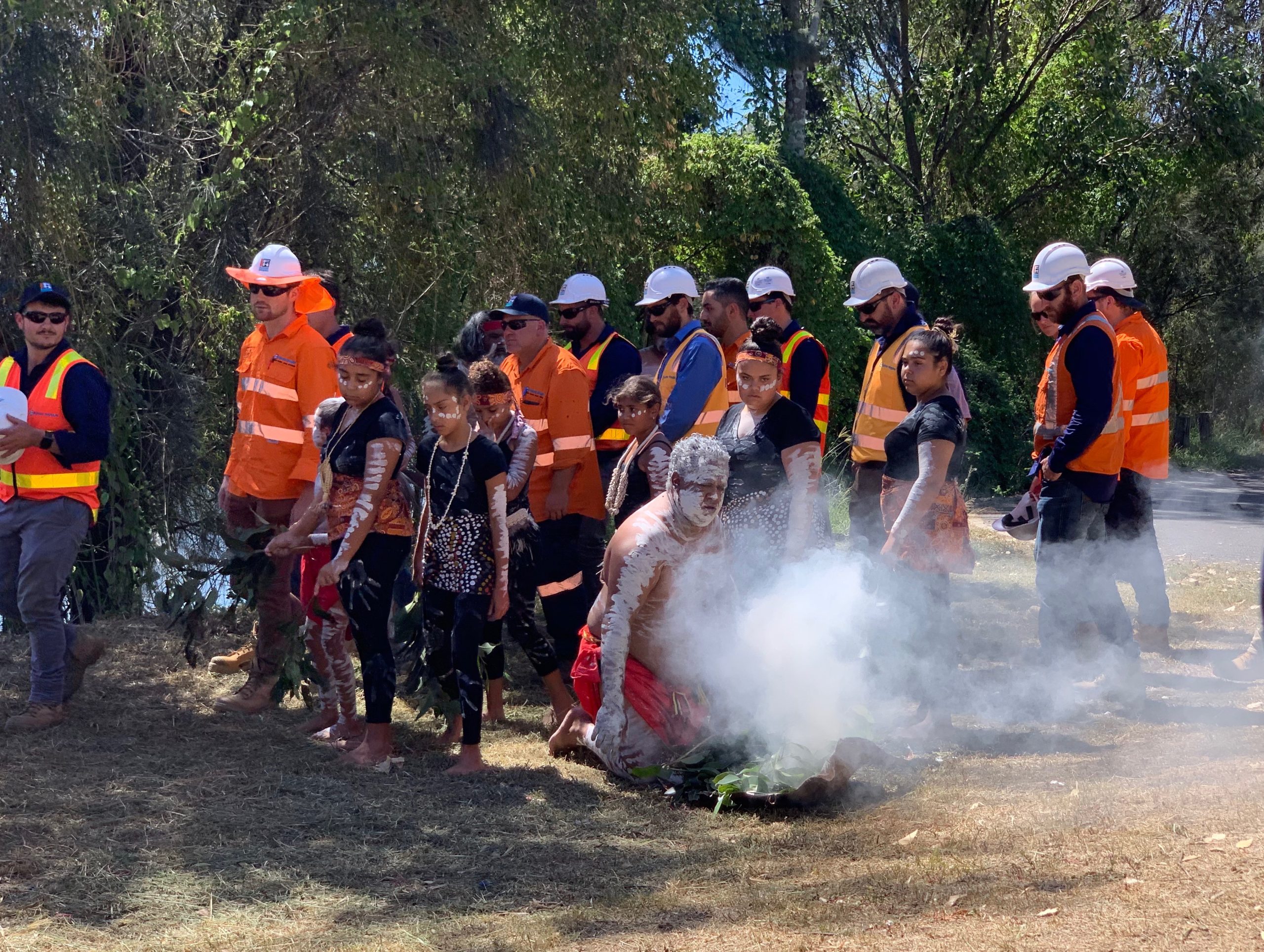
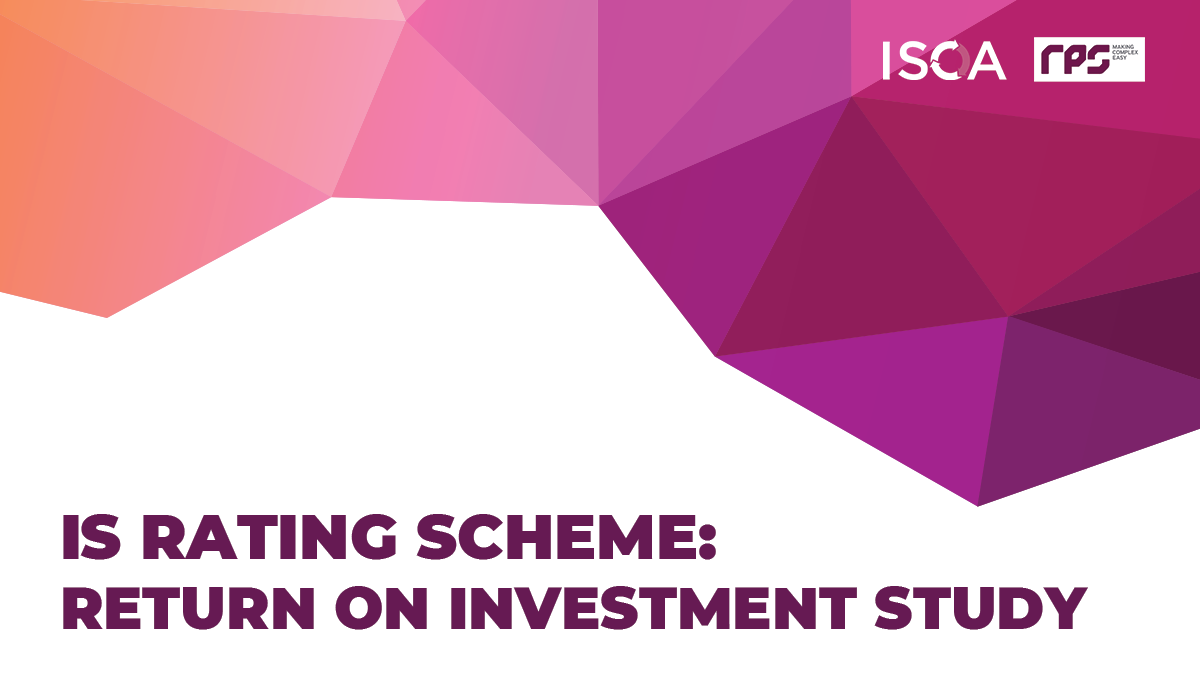
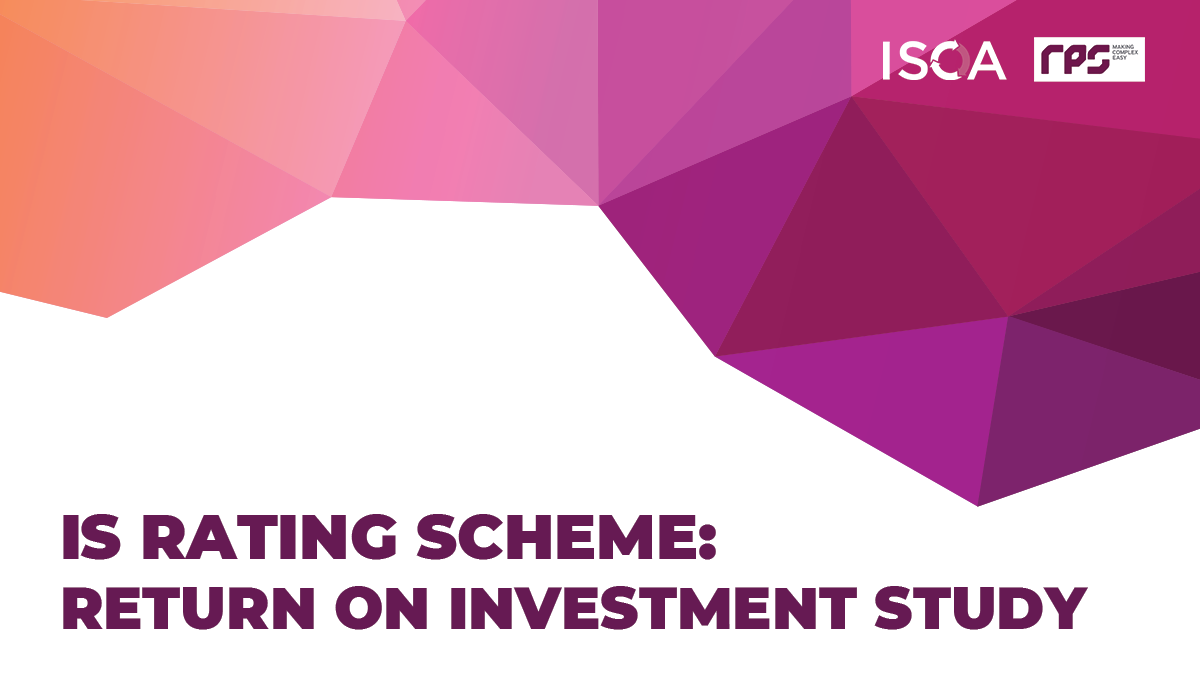
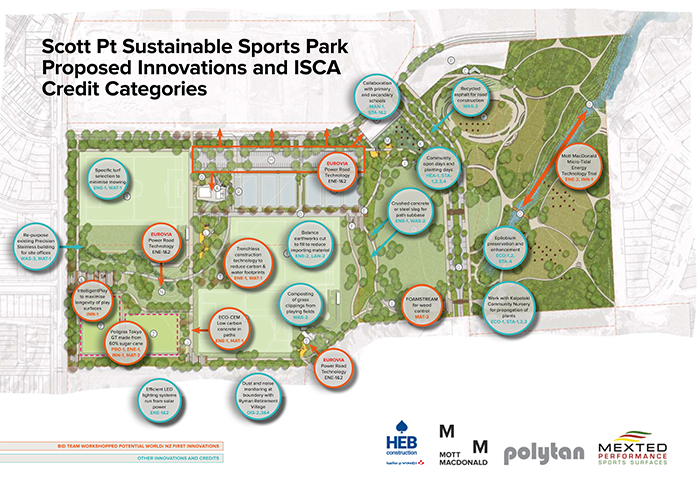


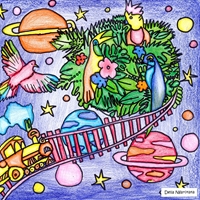
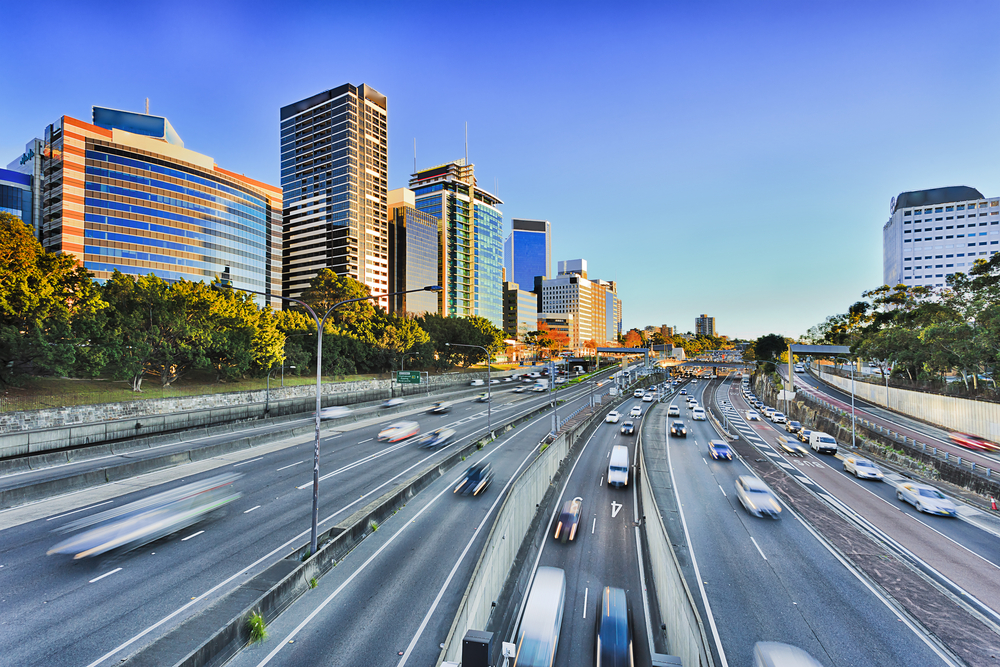
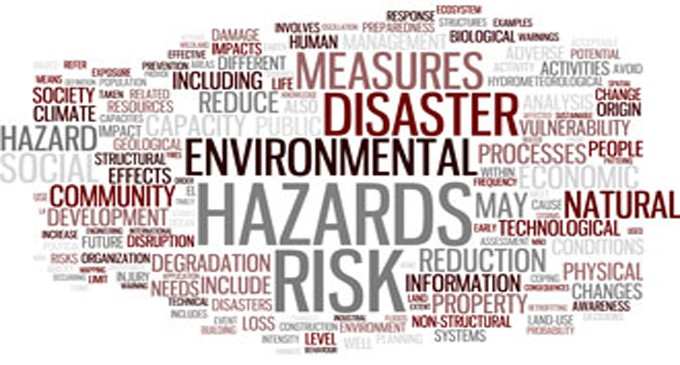
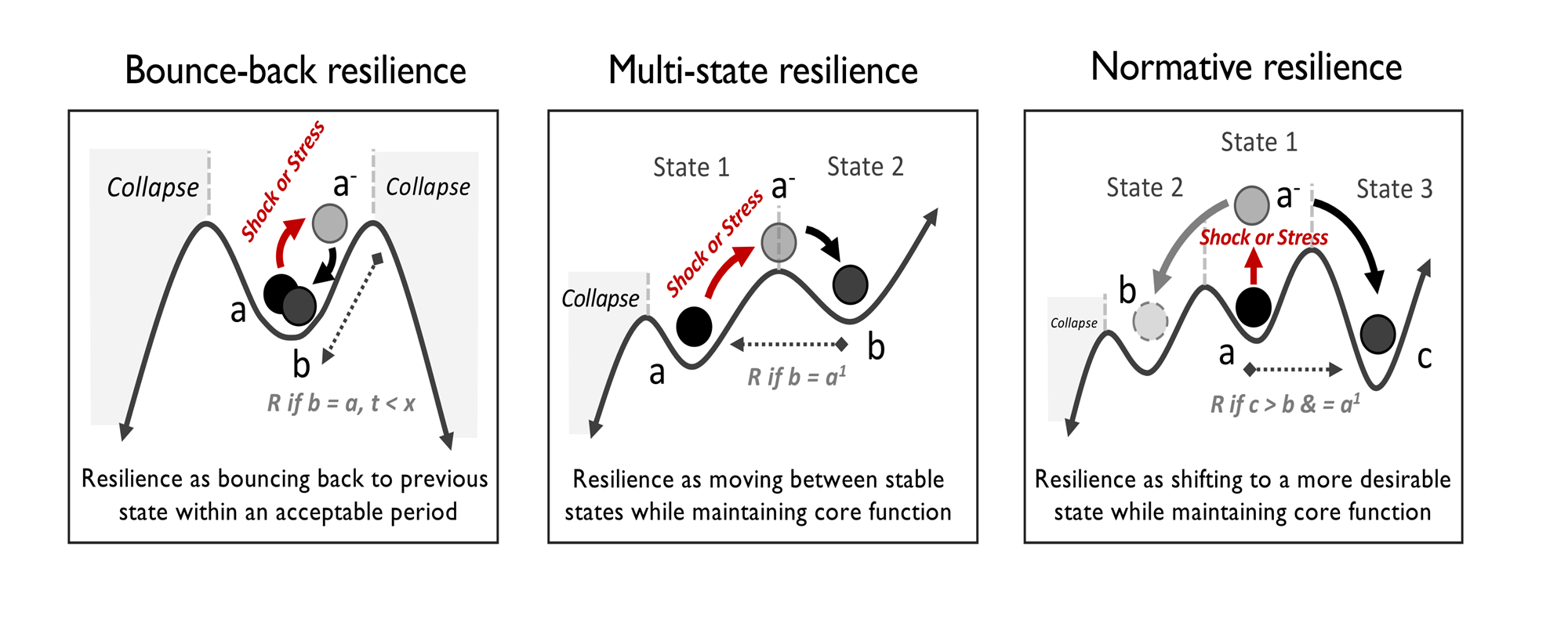


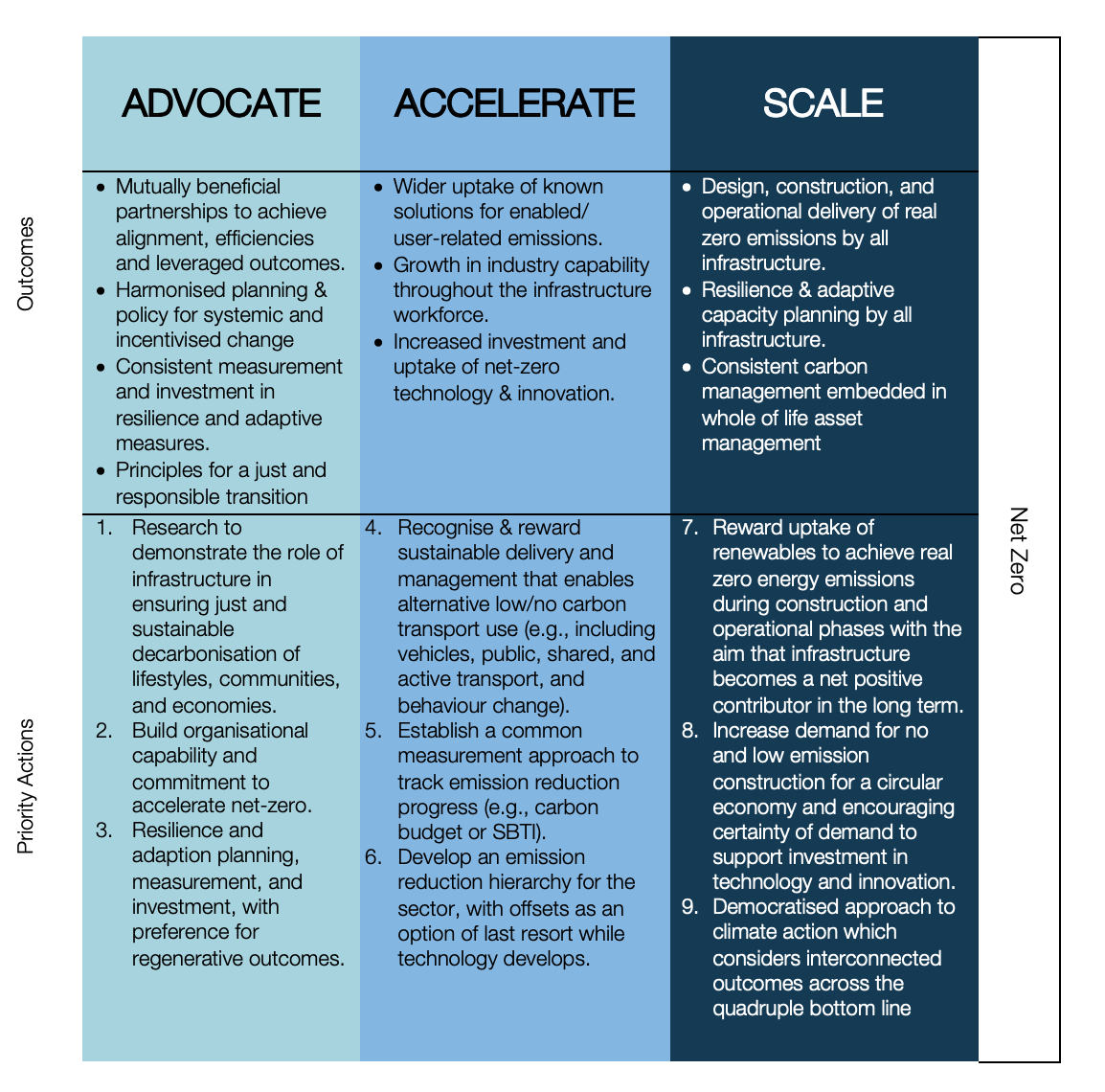
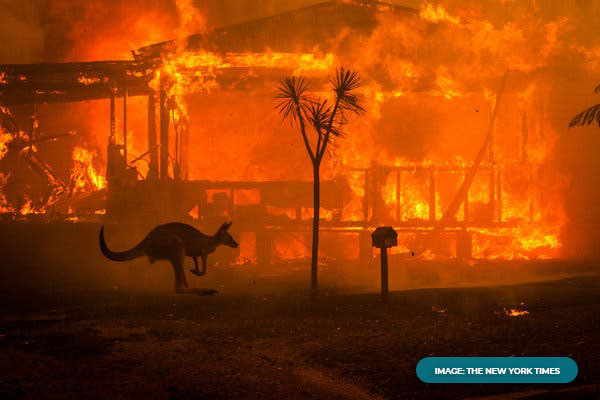

 Figure 2. ADF crews clearing the route into Mallacoota.
Figure 2. ADF crews clearing the route into Mallacoota. Figure 3. ISCA directly contribues to 15 of the 17 UN Sustainable Development Goals.
Figure 3. ISCA directly contribues to 15 of the 17 UN Sustainable Development Goals. 